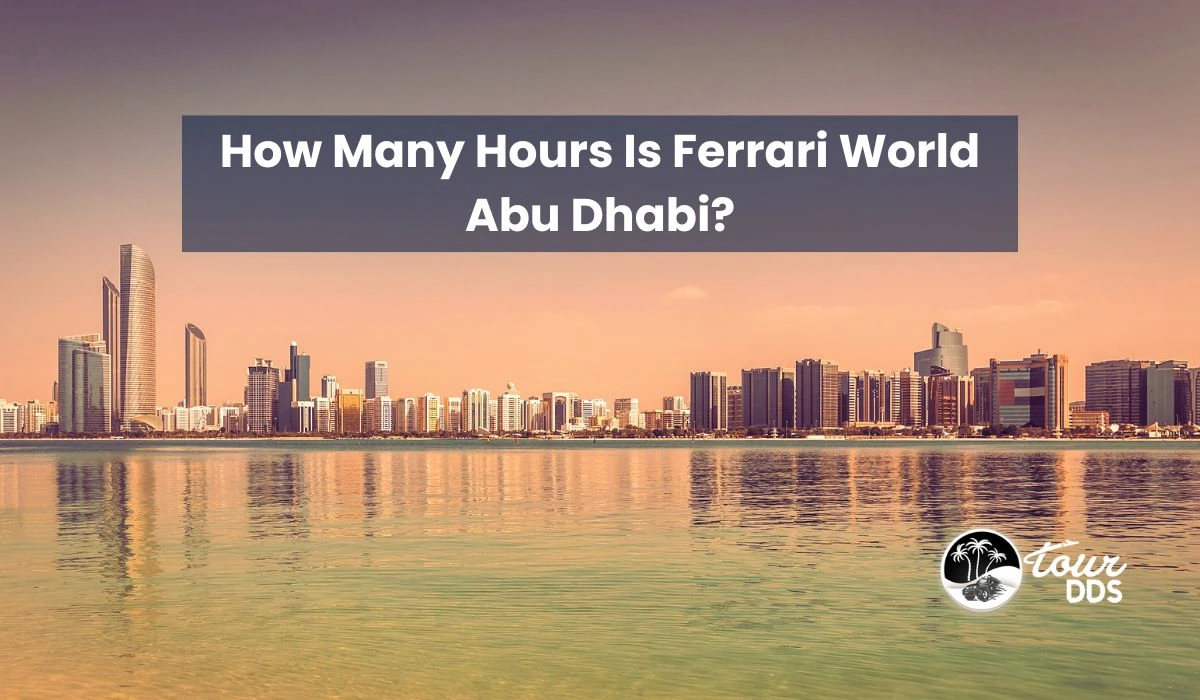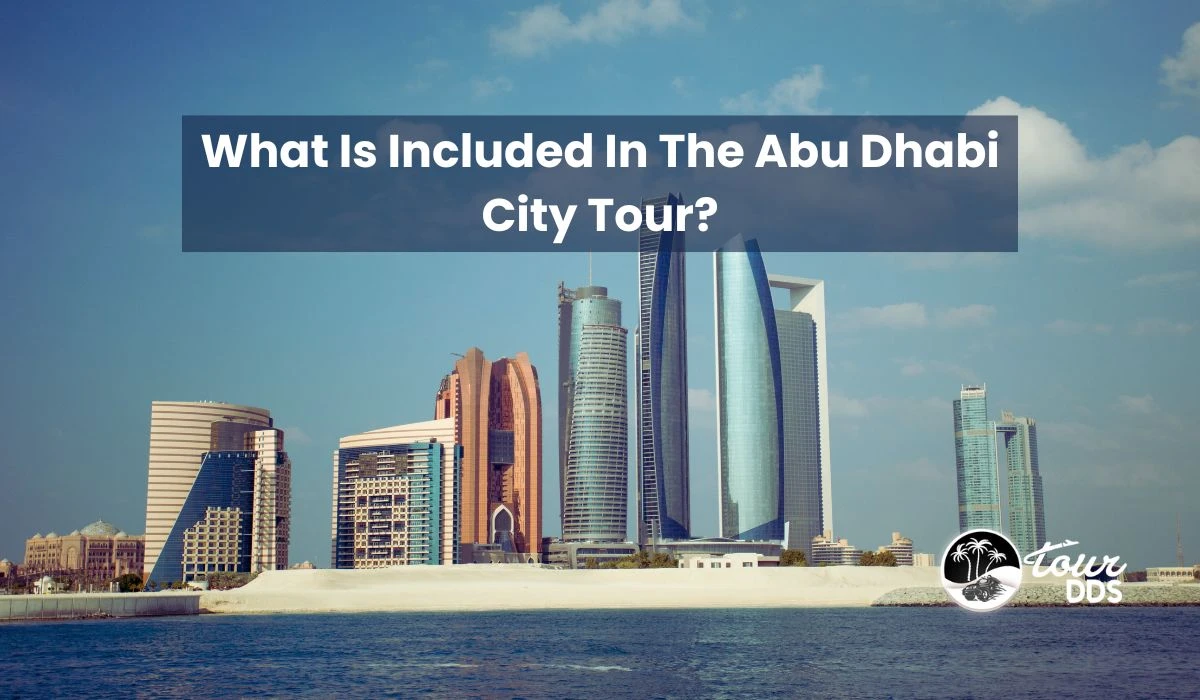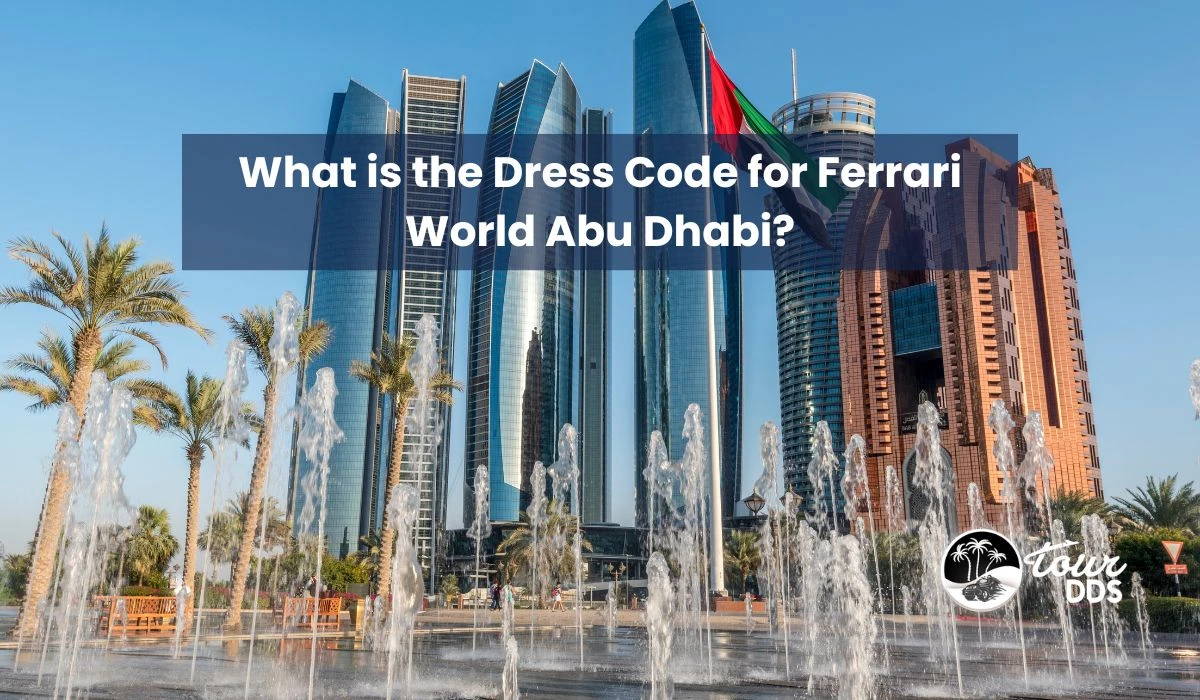What Do Arabs Eat in the Desert Safari Dubai? An Integrative Arabian Dining Guide
Beyond its magnificent scenery, the Arabian Desert is enigmatic, and its culinary customs are as alluring. Not only are you in for a visual feast of golden dunes and infinite vistas when you go on a Desert Safari Dubai, but you're also in for a culinary journey that conveys a rich story of Desert survival and enjoyment. The cultural and historical diversity of the Arab world is reflected in the tasty and varied culinary tapestry that is traditional Arabic cuisine. We will explore what Arabs eat in the Dubai Desert in this blog, covering everything from traditional cuisine that is a reflection of necessity to exquisite meals that epitomize Arabian hospitality. As we explore the gastronomic tapestry of the Desert Safari Dubai, get ready for a voyage as exciting as the dunes themselves and get ready to book your spot with Tour Dubai Desert Safari. Arabs adapted their diet to the harsh desert climate by eating dishes like grilled meats, rice-based meals, flatbreads, and mezze platters. These dishes were typically served with dates and refreshing drinks. Arabic food is renowned for its colorful spices, fragrant herbs, and well-balanced flavors, with an emphasis on using fresh, locally obtained ingredients. The region's fondness for grilled meats and beans is seen in staple meals like hummus, kebabs, and falafel. Most meals are served with iconic bread, including pita and flatbreads, although complex rice and couscous dishes enhance the dining experience. Sweets with honey, almonds, and aromatic rosewater, such as baklava and kunafah, entice the palate. Through shared meals and hospitality, this age-old culinary tradition fosters interpersonal connections in addition to providing physical nourishment. Arabic cuisine is a delicious representation of the varied Middle Eastern cuisine. Famous street dishes that are loved all over the world are falafel, which are deep-fried balls of chickpeas or fava beans, and shawarma, which are soft slices of marinated beef wrapped in pita. Kebabs are bursting with flavorful spices, whether they are made of tender lamb, chicken, or beef. Mezze plates, on the other hand, provide a lovely assortment of mini-meals, such as creamy hummus, baba ghanoush, and tabbouleh, which are ideal for sharing. Meat and rice dishes such as kabsa and biryani exhibit a blending of tastes, and desserts like ma'amoul and baklava display delectable pastry craftsmanship and aromatic infusions of pistachios and rosewater. Arabic cuisine combines creativity, taste, and heritage on every plate. A traditional Arabian lunch in the Dubai Desert during a Safari is a culinary adventure that combines the rustic allure of the Desert with tradition. Mansaf, a flavorful lamb or chicken dish served with rice and yogurt sauce, is a common lunch fare. Popular foods that mix flavorful spices with luscious flavors are grilled meats, kebabs, and shawarma. These lunches celebrate Middle Eastern cuisine with fresh salads, flatbreads, and mezze platters stuffed with hummus, tabbouleh, and baba ghanoush. This delectable desert feast is enhanced by the backdrop, which is among the calm dunes and Desert. Under the big, starry skies, dinner in the Dubai Desert Safari offers a special fusion of traditional and modern Middle Eastern food. Arabs love to eat hearty, flavorful meals like Mandi or Kabsa, which both have rice, soft meat, and fragrant spices. Kebabs and perfectly seasoned grilled meats are still popular options. Mezze plates with fresh salads, hummus, and falafel infuse a hint of freshness into the arid night. Finally, delectable sweets like kunafa and baklava bring a wonderful sweetness to the dish. Eating in the desert of Dubai is a gourmet journey where the allure of the dunes and the tastes of the Middle East combine harmoniously. Simple but filling, Bedouin breakfasts are a wonderful fit for their nomadic way of life. Khubz, a traditional Arabic bread, is a staple and is typically eaten with labneh, a velvety yogurt cheese. Another popular option is fou medames, a meal of sautéed fava beans that is typically topped with spices and olive oil. A hint of sweetness and warmth comes from black tea steeped with aromatic herbs like sage or mint and fresh dates. In the desert, where Bedouins have lived for generations, embracing simplicity and time-honored flavors, these basic yet substantial breakfast foods provide the energy and sustenance needed for a day. In the heart of the Dubai Desert Safari, a cuisine journey through Bedouin, Arabic, and Middle Eastern culinary traditions comes together to create a tapestry of flavors and history. These meals, which range from hearty fare like mansaf and kabsa to the easy delights of labneh and dates, are not only a source of nourishment but also a showcase for the inventiveness and extensive culinary heritage of the people who live in the Desert. Enjoying dinner in this special location beneath a limitless night sky gives the encounter a dreamlike quality. Every mouthful embodies the warmth, friendliness, and customs of the Arabian Desert, providing a flavor as alluring as the country's expansive dunes. People who live in Desert locations usually eat cuisine like stews, flatbreads, grilled meats, rice, or couscous dishes, along with preserved foods and beverages that are appropriate for dry weather. People who live in Desert locations usually eat cuisine like stews, flatbreads, grilled meats, rice, or couscous dishes, along with preserved foods and beverages that are appropriate for dry weather. Arabs in the Desert have historically been nomadic or semi-nomadic Bedouins who survived by commerce, camel herding, and creative adaption to the dry climate.What Do Arabs Eat in the Desert Safari Dubai?
1. Traditional Arabic Food
2. Arabic Food Dishes
What Do Arabs Eat in the Dubai Desert for Lunch?
What Do Arabs Eat in the Dubai Desert for Dinner?
What Do Bedouins Eat for Breakfast?
Conclusion
What food do people eat in the Desert?
What is traditional Arab food?
How did Arabs live in the Desert?













